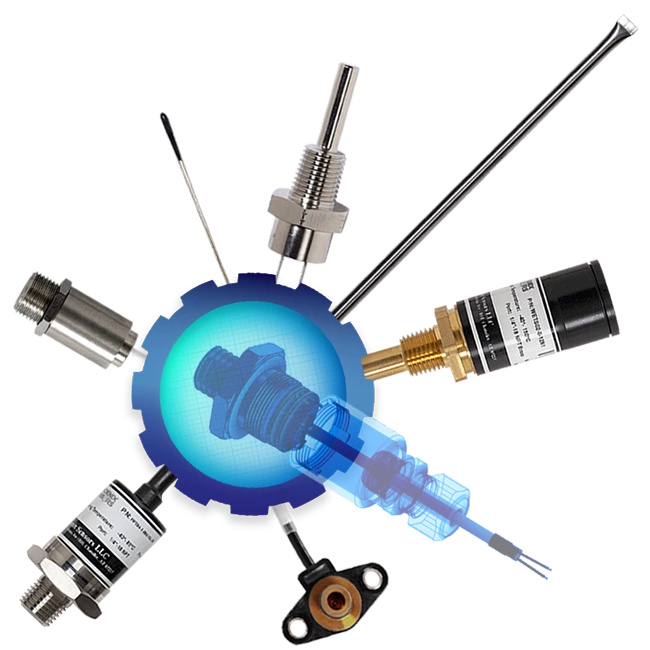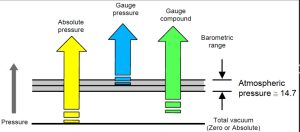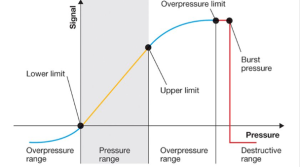
What Is a Pressure Sensor?
A pressure sensor is a device that detects the pressure of gases or liquids using a pressure-sensitive element. This element typically includes a diaphragm made of materials such as stainless steel or silicon. The sensor measures the force exerted over a specific area and converts it into an electrical signal. Pressure is commonly measured in units like PSI (pounds per square inch) or Pascals (Pa).
How Do Pressure Sensors Work?
To understand how pressure sensors function, consider the following steps:
-
Force on Diaphragm: First, a gas or liquid applies pressure to a thin, flexible diaphragm.
-
Diaphragm Movement: As a result, the diaphragm bends or stretches in response to the applied pressure.
-
Piezoresistors: Next, tiny resistors arranged in a Wheatstone Bridge circuit detect the strain caused by the diaphragm’s movement.
-
Electrical Signal: Consequently, these resistance changes generate an electrical signal proportional to the pressure.
-
Wheatstone Bridge: Furthermore, this configuration allows for precise measurements by amplifying even small resistance variations.
Types of Pressure Measurements
Depending on the reference point used, pressure can be categorized into several types:
- Gauge Pressure: Measured relative to atmospheric pressure (e.g., car tire pressure). In other words, it accounts for changes in ambient air pressure.
-
Absolute Pressure: Measured relative to a perfect vacuum. This is especially useful in sealed systems where no external air pressure is present.
-
Sealed Gauge Pressure: Unlike gauge pressure, this is measured relative to a sealed reference pressure, typically 1 atm. It is often used in high-pressure applications like storage tanks
-
Vacuum Pressure: Specifically measures pressures below atmospheric pressure, which is important in vacuum pumps and chambers.
-
Differential Pressure: Instead of using a single reference, this measures the difference between two pressure points (e.g., across filters or membranes).
Pressure Range Overview
The pressure range defines the span between the lowest and highest pressures a sensor can measure accurately. For instance, a sensor rated for 0–500 PSI can operate reliably anywhere within that range.
within that range.
-
Importantly, selecting the correct range is crucial to prevent sensor damage.
-
Moreover, an inappropriate range may result in inaccurate readings or sensor failure.
-
Therefore, always match the pressure range to the specific application to avoid issues such as overpressure or pressure hammering.
Industry Applications
Pressure sensors are used in a wide array of industries. Here’s a breakdown:
-
Consumer Electronics: For example, altimeter watches, dive watches, barometers, and personal navigation devices use pressure sensors to enhance user experience and safety.
-
Automotive: These sensors are essential for monitoring systems such as brake pressure and air intake (mass flow), contributing to overall vehicle performance and safety.
-
Industrial: In this sector, pressure sensors play a vital role in monitoring valves, regulating processes, and ensuring smooth automation.
-
Medical: Additionally, they are crucial in devices such as blood pressure monitors, glucose monitoring systems, surgical tools, and even implanted sensors.
-
Navigation & Aerospace: Finally, in aviation and marine applications, pressure sensors are integrated into GPS receivers, aircraft transponders, variometers, and other navigation aids.